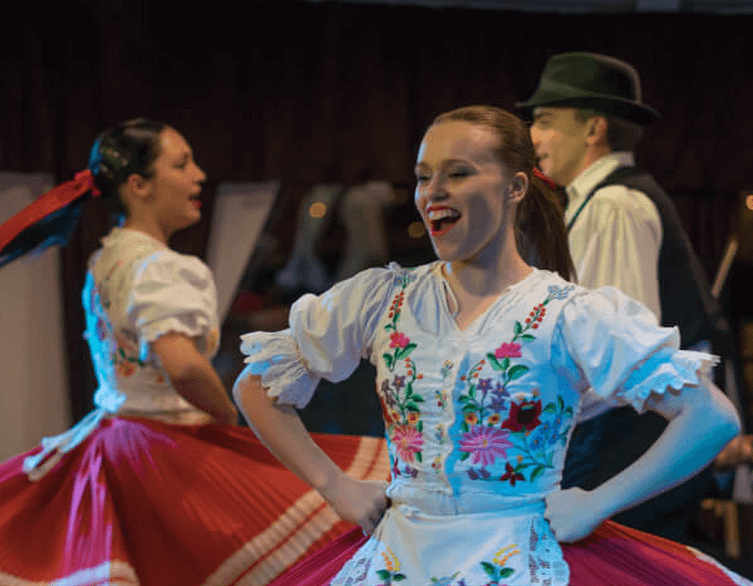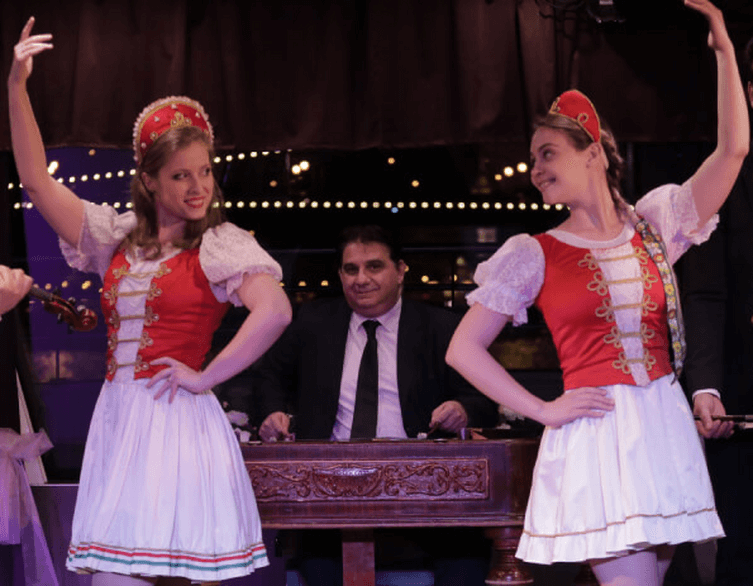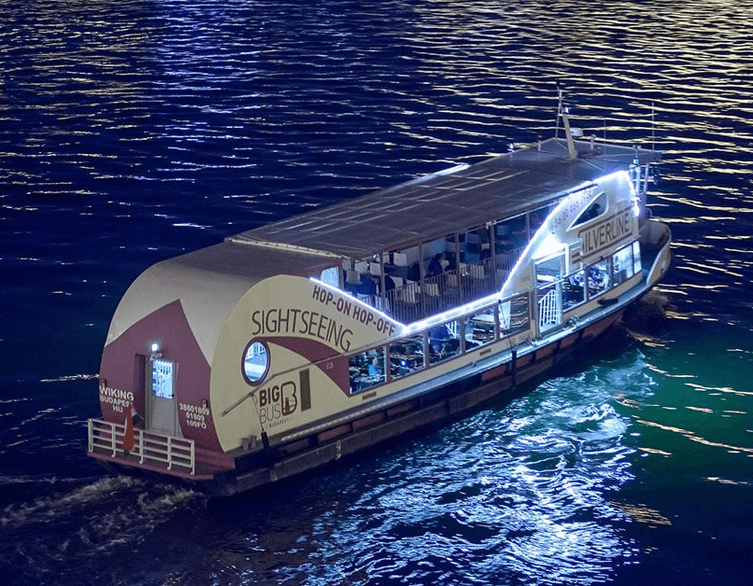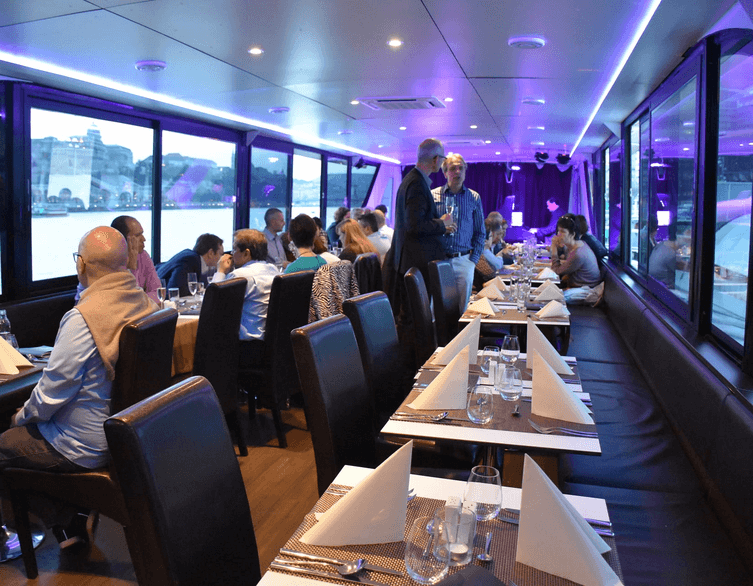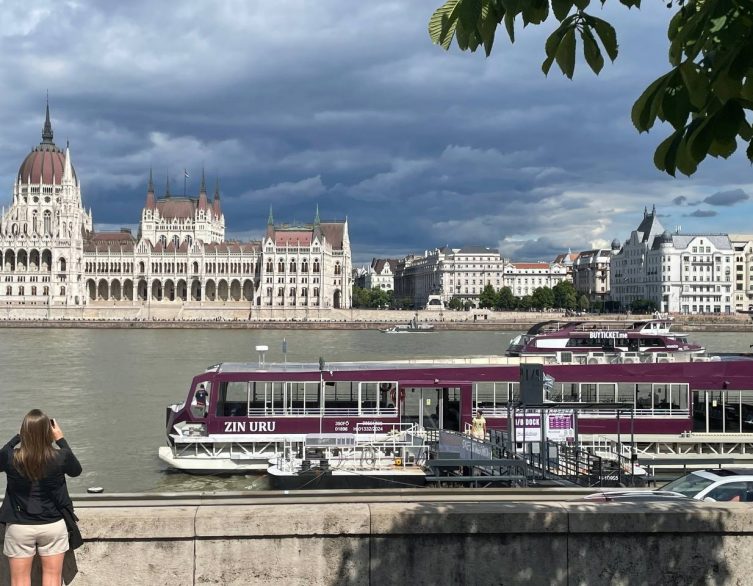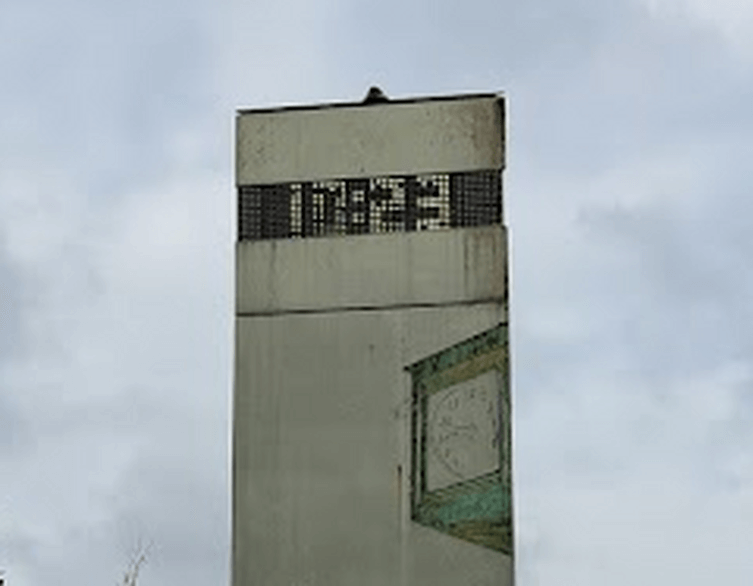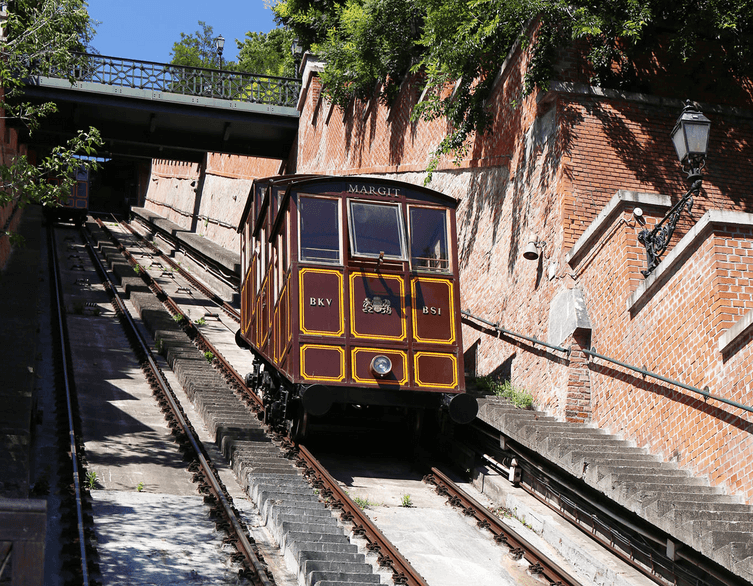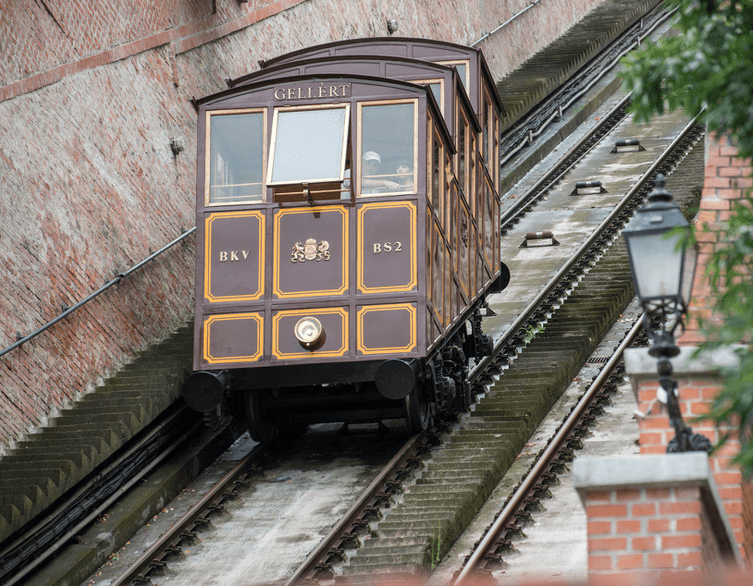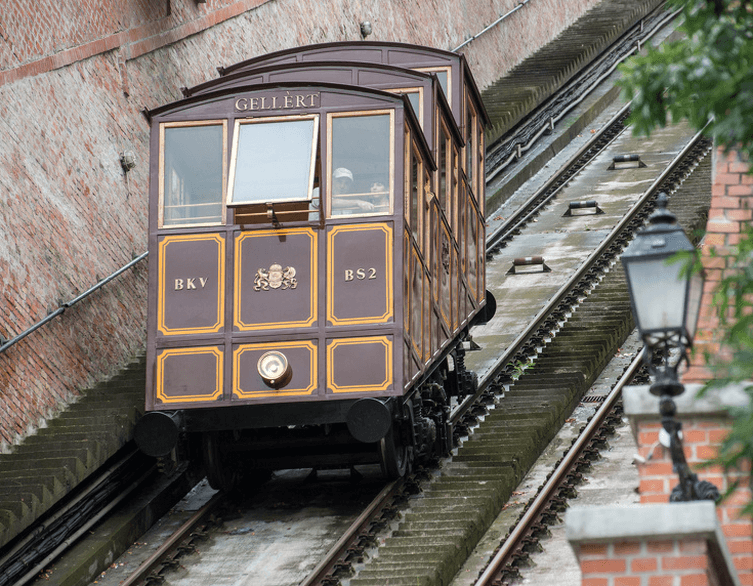The Buda Castle Funicular: A Historic Journey Through Budapest’s Crown Jewel
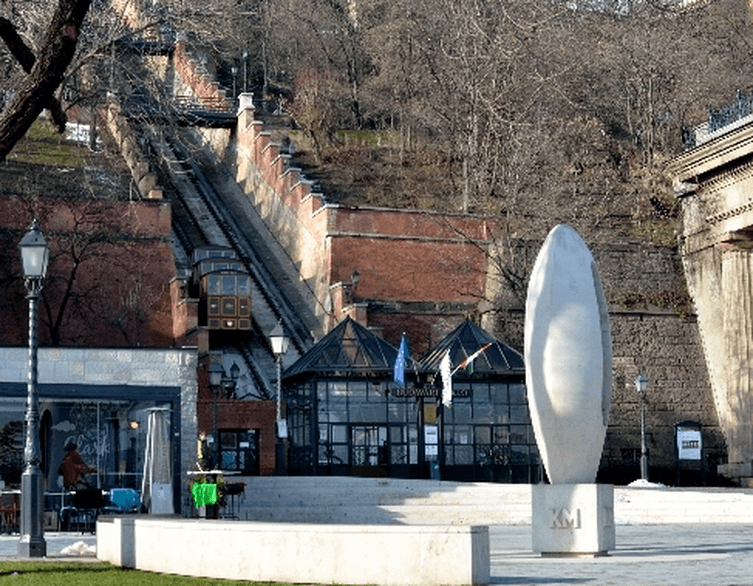
One of Budapest’s most enchanting experiences awaits you at the foot of Castle Hill, where a charming 19th-century railway offers more than just transportation—it delivers a journey through time. The Buda Castle Funicular, known locally as Budavári Sikló, has been gracefully connecting the Danube riverbank with the majestic Buda Castle since 1870, making it the second funicular railway of its kind in all of Europe.
A Vision Born from Innovation
The story of this remarkable attraction begins with Count Ödön Széchenyi, son of the legendary Hungarian statesman István Széchenyi, who encountered a similar cable railway during his travels to Lyon, France. Recognizing the challenge locals faced climbing the steep Castle Hill to reach government ministries and the Castle Theatre, he championed the construction of Budapest’s own funicular. The engineering marvel was designed by Henrik Wohlfahrt and Ödön Jaruszek, with construction completed in 1870 at a cost of 182,000 forints—a substantial investment for the era.
When the steam-powered railway opened on March 2, 1870, it immediately captured the public’s imagination. By 1873, just three years after its inauguration, the funicular was already transporting an impressive 1.5 million passengers annually, demonstrating how essential it had become to Budapest’s daily life. The original machinery featured a steam engine housed in an imposing station hall at Clark Ádám Square, while a simpler reception building graced the upper terminal.
From Devastation to Renaissance
The funicular’s story took a tragic turn during World War II when a bomb strike on December 20, 1944, destroyed the upper station and one of its cars. Rather than immediate reconstruction, the damaged railway was dismantled between 1948 and 1949, and for decades, various proposals emerged—from complete rebuilding to replacement with escalators—but none materialized. During this period, special “V” marked Ikarus buses shuttled passengers between Clark Ádám Square and the Castle.
Finally, after more than four decades of absence, the funicular was magnificently restored and reopened on June 4, 1986. The reconstruction honored the original design while incorporating modern electric motor technology, replacing the old steam engines. The machinery was relocated to beneath the upper station, and elegant glass buildings were constructed to harmonize with the historic surroundings. This remarkable restoration earned the funicular a prestigious place on the UNESCO World Heritage List in 1987, recognized as an integral part of Budapest’s Danube riverbank panorama.
Engineering Marvel in Motion
The funicular operates with elegant simplicity that belies its sophisticated engineering. Two cabins—christened “Gellért” and “Margit” after Hungarian saints—travel in perfect counterbalance on separate tracks. As one cabin ascends the 95-meter track with its dramatic 48% incline, the other descends, connected by a central steel cable that creates an efficient gravity-based balance system.
Each enclosed cabin accommodates up to 24 passengers and features large glass windows that frame spectacular views of the Danube River, Chain Bridge, and the magnificent Hungarian Parliament Building. The journey conquers a 50-meter elevation difference in just 90 to 95 seconds. Originally designed to reach speeds of 3 meters per second, the funicular was intentionally slowed to 1.5 meters per second in 1988 following passenger requests—ensuring everyone has ample time to savor the breathtaking panorama unfolding below.
Best deals of Budapest
Planning Your Visit
The funicular operates daily from 8:00 AM to 10:00 PM, with the ticket office closing at 9:50 PM. Cabins depart every 5 to 10 minutes depending on passenger demand, ensuring minimal waiting time. Be aware that the funicular closes for scheduled maintenance on Mondays during odd-numbered weeks (unless these fall on public holidays), and typically undergoes extended maintenance periods in spring and autumn.
Getting There: The lower station sits at Clark Ádám Square, right at the Buda end of the Chain Bridge beside the historic tunnel entrance. You can easily reach it via buses 16 and 105, or trams 19 and 41. The upper station emerges at Szent György Square, nestled between the Royal Palace and the Presidential Sándor Palace.
Ticket Information: As of 2025, a round-trip ticket costs 5,000 HUF for adults and 2,000 HUF for children aged 3 to 14. Children under three ride free, though note that senior and other standard public transport discounts don’t apply here. Families can purchase a special ticket for 12,000 HUF covering two adults and up to three children. Tickets are valid for one uphill and one downhill journey within one year of purchase. You can conveniently purchase tickets online in advance or at the station.
More Than Just Transportation
Today, the Buda Castle Funicular serves primarily as a tourist attraction rather than a commuter service, a dramatic shift from its 19th-century origins when government officials rode it daily to their Castle offices. Between 500,000 and one million passengers experience this historic journey each year. The funicular underwent its most recent major renovation in 2021-2022, including complete refurbishment of both cars and replacement of the rail tracks, ensuring it continues operating safely and smoothly for generations to come.
The best times to ride are early morning or sunset, when the views become truly magical and queues are typically shorter. As you glide upward, you’ll witness an ever-expanding vista revealing Margaret Island to the north, the stunning Art Nouveau Gresham Palace (now the Four Seasons Hotel) across the river, and the intricate details of the Chain Bridge’s architecture. The slow, quiet ascent creates an almost meditative experience—a moment of tranquility amid your Budapest adventure.
Essential Visitor Guidelines
A few important rules ensure everyone’s safety and enjoyment. Passengers must exit at both stations due to the unique entry system, then queue again for their return journey. Dogs are permitted only on leashes and with muzzles, requiring a separate full-fare ticket. Children under six must be accompanied by an adult, with each adult allowed to bring up to two children under three. For safety and comfort, eating, drinking, smoking, and bringing open food or beverages aboard is prohibited.
A Living Heritage
The Buda Castle Funicular represents far more than convenient access to Castle Hill—it’s a time capsule that bridges centuries of Hungarian history. This elegant railway witnessed the Austro-Hungarian Empire’s twilight years, survived wartime destruction, endured decades of absence, and emerged renewed as a beloved symbol of Budapest’s resilience and dedication to preserving its cultural treasures. Whether you’re a first-time visitor or a returning admirer of Budapest, the brief journey aboard this historic funicular offers an unforgettable perspective on one of Europe’s most beautiful cities.
Related news
Related events







